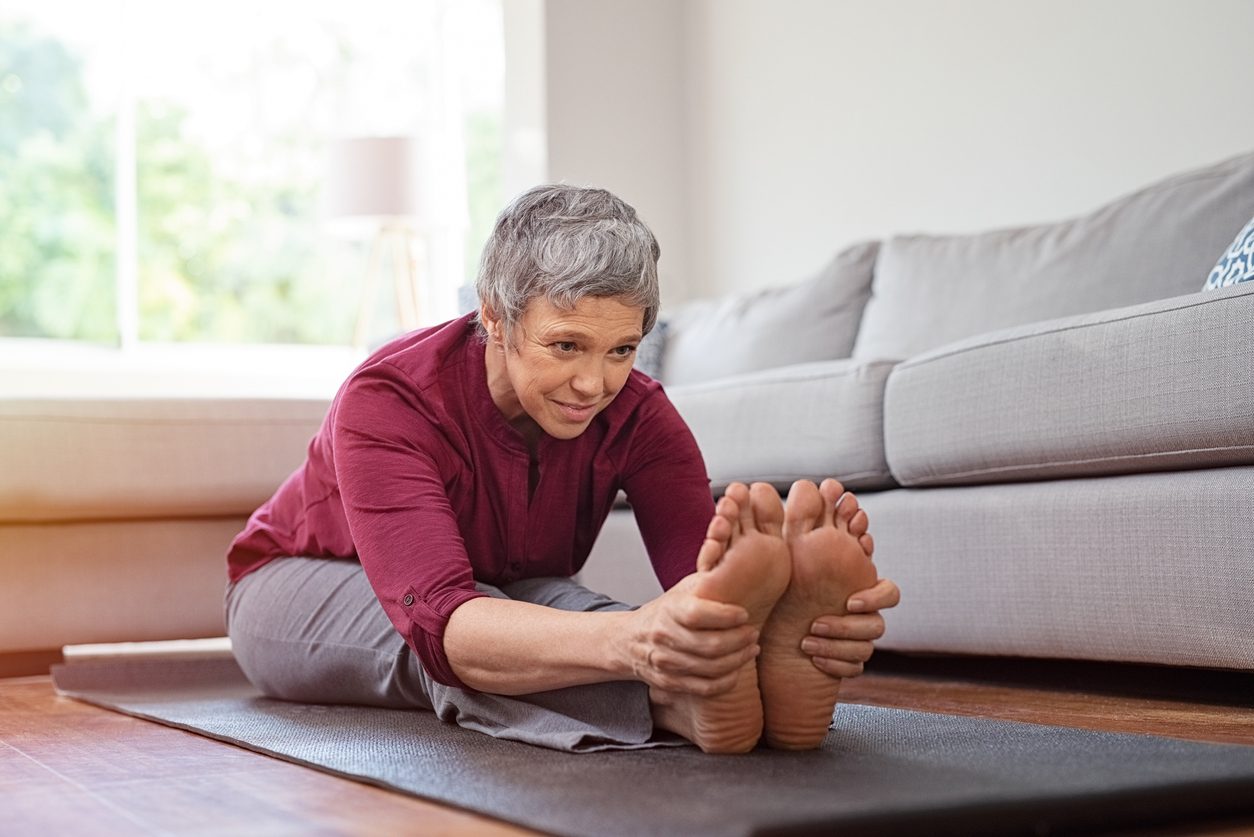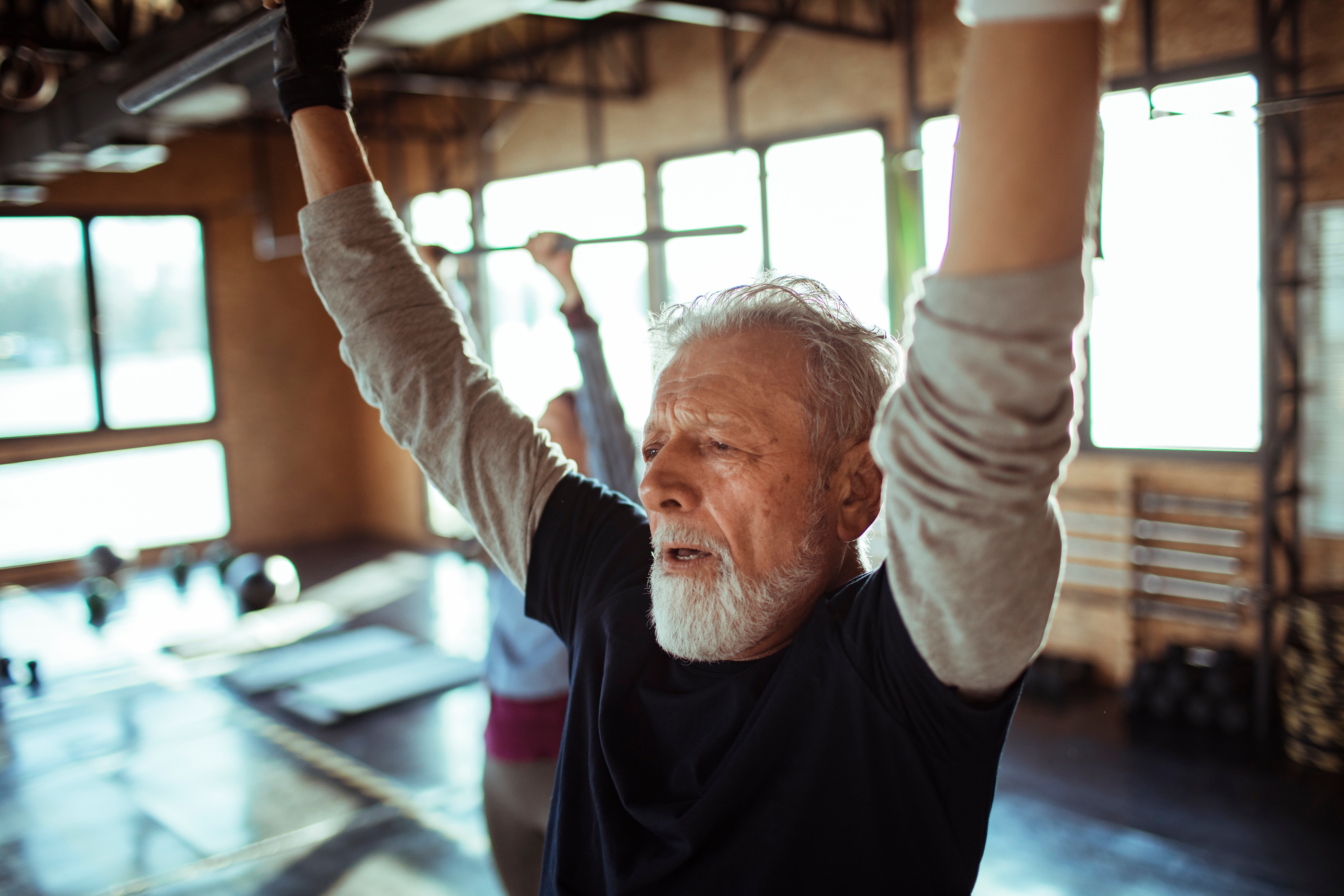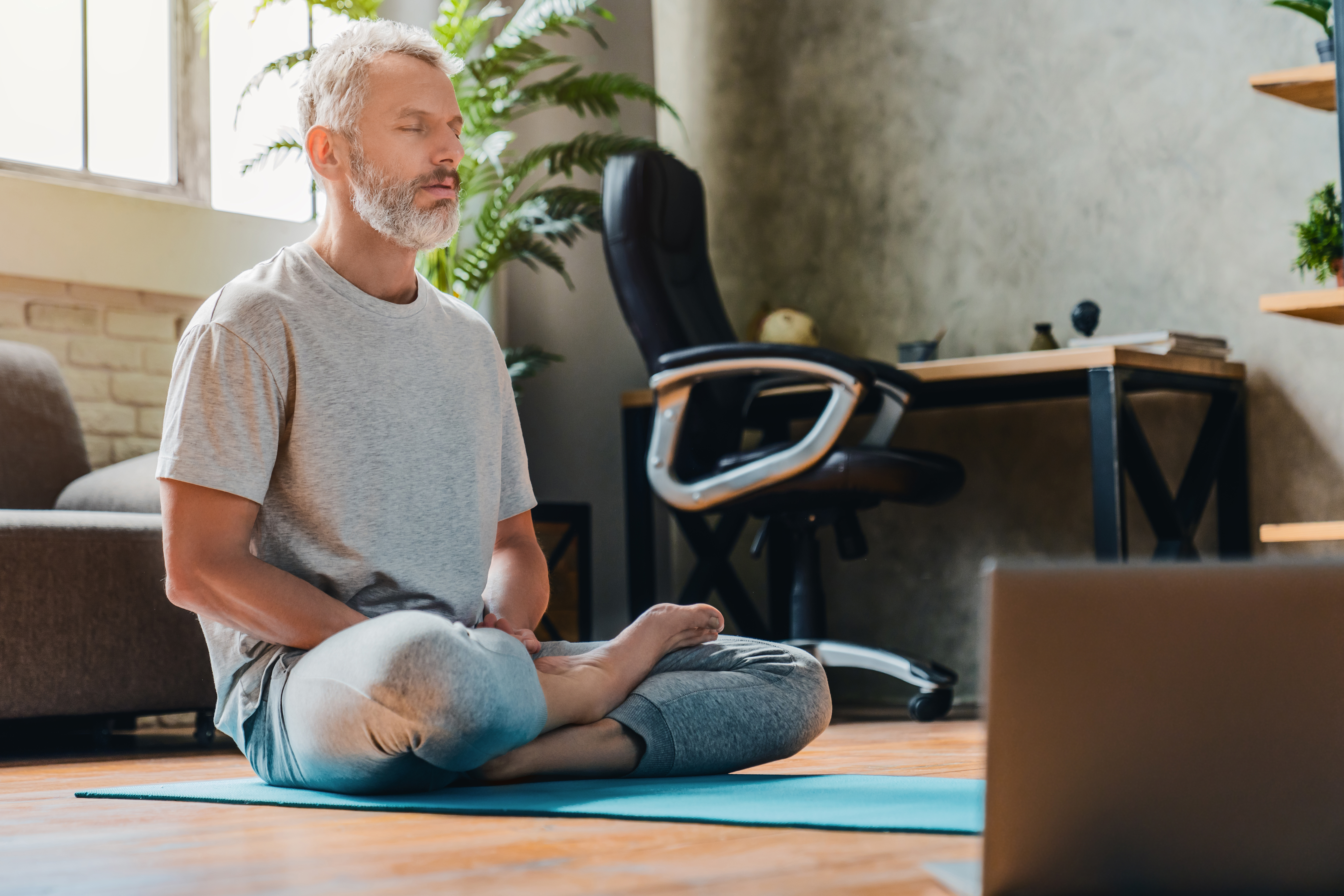Recognize simple habits that reveal superior fitness and health compared to your peers.

Physical fitness is more than a number on a scale or an occasional workout; it encompasses consistent habits that maintain strength, endurance, and flexibility as we age. Paying attention to how you move daily, nourish your body, and manage stress can offer clear signs of better health compared to others your age. Understanding these key indicators empowers you to adapt your routine thoughtfully for lifelong vitality and well-being.
1. Prioritize consistent daily movement to maintain strength and energy levels.

Moving consistently each day is essential for keeping muscles strong and energy levels up. Whether it’s a brisk walk through a leafy park or an active yoga session, daily movement nourishes the body and staves off the fatigue that creeps in with inactivity.
Regular movement doesn’t just bolster physical health; it fosters mental well-being by delivering endorphins. Unlike sporadic bursts of exercise, a steady routine supplies lasting benefits, as suggested in CNBC. The body thrives on this regularity, allowing for improved coordination and endurance that supports everyday activities.
2. Incorporate balanced nutrition habits that support overall wellness and stamina.

Adopting balanced nutrition habits is crucial for overall wellness and sustained energy. Meals that include leafy greens, lean proteins, and whole grains fuel the body efficiently. A colorful plate not only satisfies the palate but also ensures diverse nutrient intake.
Nourishing your body with varied foods supports immune function and metabolism. Unlike restrictive diets, balanced nutrition helps maintain healthy weight and boosts stamina, as recommended in VegOut. This harmonized approach to eating translates to better moods and energy that carries through daily tasks.
3. Practice regular stretching to enhance flexibility and prevent stiffness.

Stretching regularly enhances flexibility, keeping limbs limber and preventing stiffness. A simple morning stretch routine can awaken the body, creaking joints benefiting from the attentive movement. Flexibility protects against common aches by making everyday motions more fluid, as shared in Medium.com.
Incorporating stretches into daily life, such as reaching for the top shelf or bending down to tie shoes, promotes lasting mobility. Over time, these small efforts accumulate, reducing strain and encouraging a more agile body capable of adapting to various physical demands.
4. Get quality sleep each night to aid recovery and cognitive function.

Quality sleep each night is a cornerstone for recovery and cognitive function. Deep rest rejuvenates the body, mending muscles and refreshing the mind for the day ahead. A peaceful bedroom aids this process, where comfort and calm foster restful slumber.
An adequate sleep routine contributes to better focus and emotional balance, allowing for sharper memory and clearer thought. While rest may seem passive, it actively enhances alertness and helps regulate bodily systems, essential for managing the challenges of daily life.
5. Stay hydrated throughout the day to support bodily functions and alertness.

Staying hydrated supports vital bodily functions and maintains alertness throughout the day. Water is critical for digestion, circulation, and temperature regulation, serving as the body’s silent hero. A reusable water bottle can be a constant companion, reminding you to sip regularly.
Proper hydration enhances mood and cognitive performance, reducing tiredness and heightening concentration. Unlike caffeinated alternatives, water sustains without spikes. Every sip paves the way for clearer thinking and higher energy, crucial for tackling both work and leisure activities.
6. Engage in strength training exercises to preserve muscle tone and bone health.

Engaging in strength training exercises preserves muscle tone and bolsters bone health. Using resistance bands or free weights in a home gym can prevent the muscle loss often seen with aging. Strong muscles support daily functions, aiding everything from lifting groceries to standing tall.
Regular strength workouts also protect against fractures by enhancing bone density. These sessions develop resilience, preparing the body to handle varied physical tasks. As a result, strength training acts as a backbone of fitness, underpinning other activities with vigor and stability.
7. Manage stress with mindful practices like meditation or deep breathing.

Managing stress with mindful practices such as meditation or deep breathing cultivates tranquility and focus. A few minutes of meditative breathing can center the mind amidst a whirlwind day. Calmness, borne from these practices, steadies the heart and soothes frayed nerves.
Such techniques reduce stress-related physical responses like tension and fatigue. Contrary to ignoring stress, mindfulness embraces it, stripping away its power. Engaging mentally with stress helps regulate emotions and contributes to overall well-being, promoting a balanced life.
8. Monitor and adjust posture to avoid aches and improve physical alignment.

Adjusting posture to maintain alignment prevents aches and pains, enhancing comfort in daily life. Simple practices, like sitting upright at a desk or standing with shoulders back, improve posture remarkably. Improved alignment fosters smoother, less strained movement.
Monitoring posture creates a heightened awareness of body mechanics, motivating healthier physical habits. Good posture contributes to efficiency, easing tasks like walking or lifting. By minimizing discomfort, attention can focus on activities rather than pain, enriching daily experiences.
9. Maintain social connections that encourage active, positive lifestyle choices.

Maintaining social connections encourages active, positive lifestyle choices. Engaging with friends in a community center or on a hike blends social and physical health. These connections inspire activities that might otherwise be daunting alone, providing mutual encouragement.
Strong social bonds nurture emotional well-being and supply accountability for healthy actions. Unlike solitary endeavors, group settings invigorate and motivate, enhancing quality of life. Social connections bridge the gap between physical goals and daily fulfillment, fostering a support network that vitalizes both body and mind.
